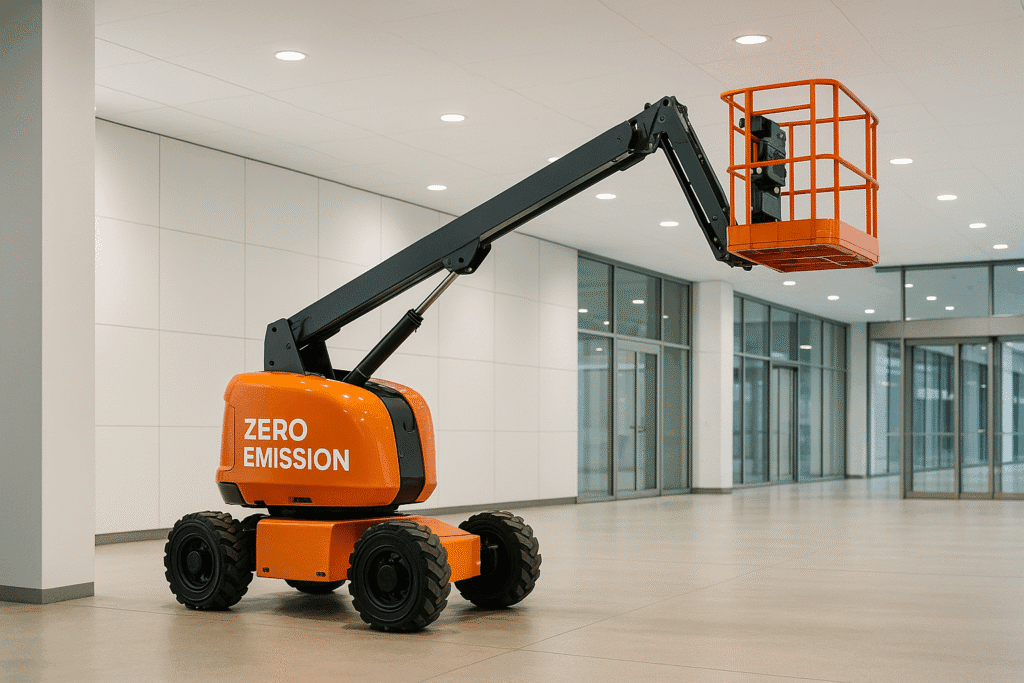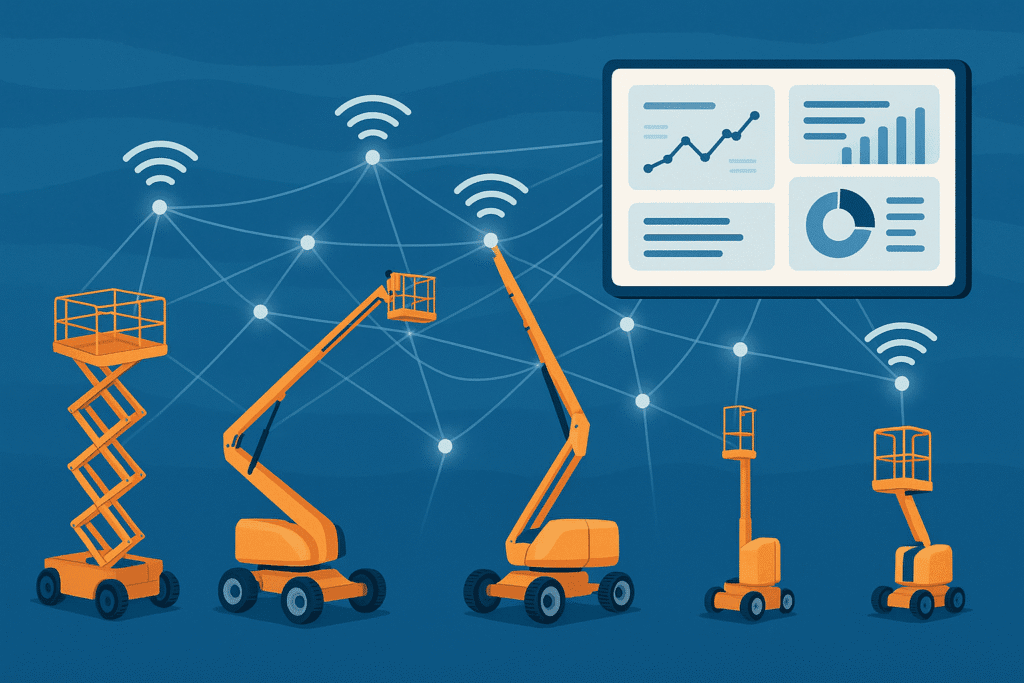Discover the latest technological advancements and market trends shaping the future of aerial work platforms.
The aerial work platform (AWP) sector is currently undergoing significant transformation, driven by technological innovation, evolving regulatory landscapes, and robust market demand. As industries like construction, utilities, telecommunications, and maintenance increasingly rely on efficient and safe access solutions, manufacturers are accelerating the development of next-generation aerial work platforms. This article explores the key innovations and market dynamics poised to shape the growth of the aerial work platform market into 2025 and beyond, highlighting trends in electrification, safety, smart technology, and the crucial role of the rental market.

Electrification is perhaps the most prominent trend reshaping the aerial work platform landscape. The push for reduced emissions and noise, particularly in urban and indoor environments, is leading to a surge in the development and adoption of Electric aerial lifts. Manufacturers are introducing fully electric and hybrid models featuring advanced battery technology like lithium-ion, providing extended operational range and efficiency. Innovations such as electric PTOs and smart charging solutions are enhancing the practicality of these green alternatives. The expansion of product lines, from lightweight indoor scissors to larger boom lifts, demonstrates the industry’s commitment to electrifying a wider range of applications, directly responding to both environmental goals and operational needs. [Link to: https://www.theutilityexpo.com/n… – Aerial Lift Innovations]
Alongside environmental considerations, enhancing safety and productivity remains a core focus for aerial work platform development. While specialized “AWP safety technology” might refer to broader work zone management by some companies, the industry is continuously integrating advanced safety features directly into the platforms themselves. Innovations include sophisticated stability systems, intuitive boom controls, enhanced railing designs, and insulated components for utility work. Features that reduce setup time, minimize physical strain, and offer multiple functions (like two-in-one boom designs) directly contribute to safer and more efficient operations at height. The emphasis on safety is also reflected in industry reports and initiatives aimed at promoting safer practices and sustainable equipment choices. [Link to: https://www.forconstructionpros…. – Aerial Industry Safety and Sustainability]

The integration of smart technology, specifically IoT and telematics in AWPs, is transforming equipment management and utilization. These systems enable real-time monitoring of machine performance, location, and diagnostics. For fleet owners, particularly in the rental sector, this means improved predictive maintenance scheduling, optimized asset allocation, and enhanced security. The ability to track usage patterns and identify potential issues remotely minimizes downtime and reduces total cost of ownership. As the industry moves towards greater connectivity, telematics-enabled aerial work platforms are becoming standard, offering data-driven insights that drive efficiency and productivity across diverse applications, including supporting critical infrastructure development like 5G networks. The trajectory suggests that a significant majority of AWPs will incorporate IoT systems in the coming years.
Looking at the broader AWP market trends 2025, the outlook is positive, with continued growth expected. Key drivers include ongoing global infrastructure investments, urbanization, and the increasing demand for flexible and cost-effective access solutions. The aerial work platform rental market is a significant contributor to this growth, offering companies the flexibility to access advanced equipment without the capital expenditure and maintenance burdens of ownership. Rental companies are actively expanding their fleets with the latest electric, hybrid, and telematics-enabled platforms to meet customer demands. While market size projections can vary between sources, the consensus indicates substantial expansion towards 2030, reflecting strong underlying demand across construction, utility, maintenance, and other sectors. [Link to: https://www.alliedmarketresearch… – Aerial Work Platform Rental Market Analysis] Exhibitions play a vital role in showcasing these advancements, with major events highlighting the latest in electrification, safety, and digital integration tailored for the rental and end-user markets.

In summary, the aerial work platform industry is on a clear upward trajectory towards 2025, propelled by crucial innovations. The rapid adoption of Electric aerial lifts, coupled with continuous advancements in AWP safety technology and the widespread integration of IoT and telematics in AWPs, is creating a more efficient, safer, and sustainable fleet of equipment. These technical strides, combined with strong demand drivers like infrastructure spending and the dynamism of the aerial work platform rental market, underscore the robust growth prospects for the sector as it continues to elevate the standards for working at height. The AWP market trends 2025 point towards a future where smart, green, and safe platforms are the norm, revolutionizing how work is done across various industries.





